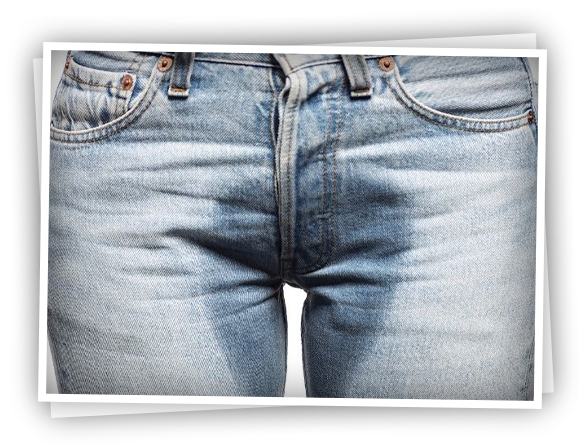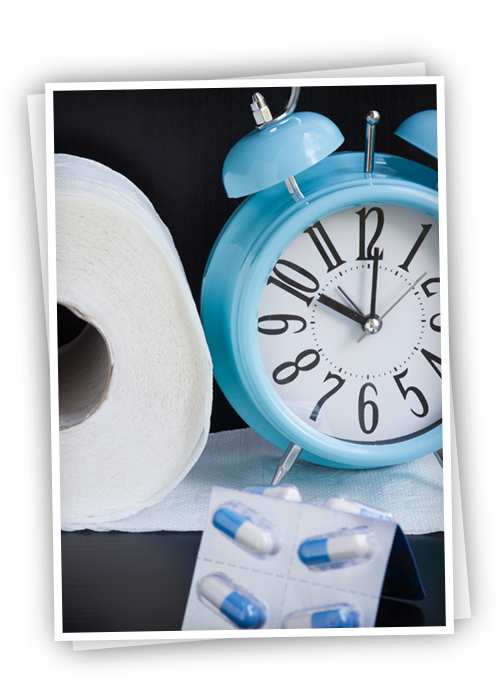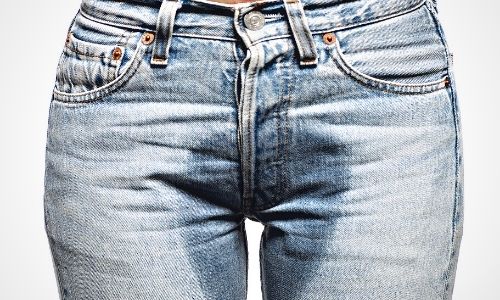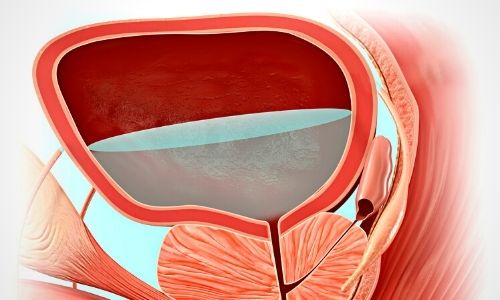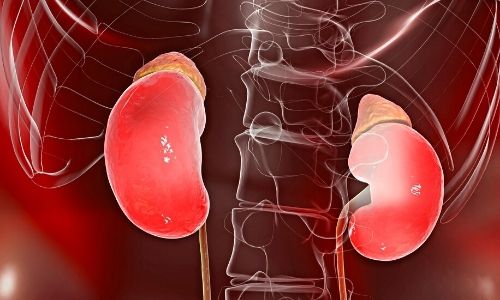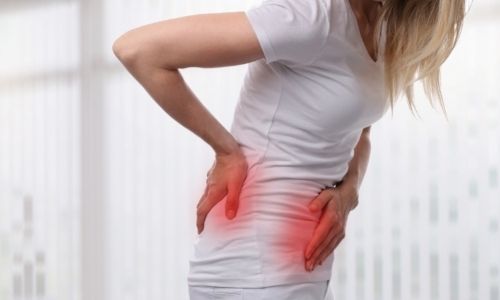In the treatment of urinary incontinence, the patient's history and general health are very important. Conditions that cause urinary incontinence are effective in understanding the type of disease. For this, tests such as urinalysis, blood test and ultrasound are applied. Depending on the condition that causes urinary incontinence, the treatment method may vary.
In overweight patients, the priority is to lose weight by applying a diet and exercise program. In cases that occur due to constipation, a more regular and healthy diet is made, and drug treatment is also applied. In the presence of uncontrolled diabetes, an additional nutrition program is prescribed to drug treatment. As a precaution, excessive fluid intake is avoided. Alcohol and smoking are discontinued.
Antibiotic treatment is essential in cases resulting from urinary tract infections. Some patients are also recommended exercises to strengthen the pelvic and bladder muscles. With these exercises, it is possible to control the retention and release of urine.
If necessary, urologists can switch to drug therapy for urinary incontinence. Surgical operation may be required in case of urinary incontinence caused by conditions such as prostate enlargement and bladder prolapse. Untreated urinary incontinence can lead to more serious diseases in the future. For this reason, a specialist should be consulted as soon as possible after the symptoms appear. The most appropriate treatment method is applied to the patient with the patient's history and detailed physical examination.
In mild stress urinary incontinence, the underlying causes are corrected and pelvic muscle strength is tried to be increased with exercises. In some patients, drug therapy may be added to the treatment. Surgical treatment is applied in patients with severe stress urinary incontinence that impairs their quality of life. For this purpose, middle urethra sling operations (TOT, TVT, mini siling) are applied. If patients have accompanying cystocele, rectocele or prolapse, it can be applied in the same session.
Lifestyle changes are recommended at the first stage in urge urinary incontinence. In addition, anti-muscarinic drugs are started. Botox injection into the bladder is applied to patients who do not benefit from these drugs or cannot use them due to their side effects.
